#HenryFord
How Henry Ford, Who Published Racist Diatribes Against Jazz, Helped Popularize the Sound of Jazz and R&B
Henry Ford playing fiddle with his old-time dance orchestra on his 70th birthday in 1933. (From the collections of The Henry Ford)
Henry Ford was unquestionably a great man, but he was not a very good man. As an entrepreneur and industrialist, he may have changed the world — for the better, I personally think — but as a human being he had serious failings. According to Richard Bak’s Henry and Edsel, the elder Ford would humiliate his son, Edsel, in public because Henry, a farm boy, worried that his only child would become the soft son of a rich man. That practice continued into Edsel’s adulthood.
Clara (Mrs. Ford) had to make her peace with Henry’s long-term relationship with Evangeline Cote Dahlinger, whom the industrialist met when he was 50 and she was 23 — his associate C. Harold Wills’ secretary at the Highland Park plant. Her son John Dahlinger asserted that he was the son of Henry Ford, whom he strongly resembled.
Ford’s public life was no less unsavory. His bigotries are well known. In his mind he divided the Jewish community between “good Jews” — those he personally knew, like architect Albert Kahn — and “bad Jews,” the boogeymen “bankers” of his fevered imaginations. Less well-known is the fact that many of the most hateful things attributed to Ford were not his own words.
Henry Ford's Bizarre Utopian Jungle Town Is a Creepy Vacation Spot
Welcome to the Paradise of Fordlândia. Three rules: no booze, no Jews, and we want to check your junk now and then.
Well, those were the rules (one of them unwritten) when the Brazilian town, hacked out of the jungle in 1928, was at its peak. Abandoned by Ford Motor Company in 1945, the bizarre utopian industrial and social experiment remains, slowly decomposing and encroached upon by vegetation, on the shores of an Amazonian backwater.
It is here, along the Tapajós river, that revolutionary industrialist and noted oddball Henry Ford created his rubber-producing settlement in the image of a modern Michigan city. Thanks to one enterprising reporter who probably owns a dog-eared copy of Heart of Darkness, we can now see what the failed experiment looks like in 2017.
Ford Motor Co. Invests $4.5B in EVs, a Century After Henry Ford Gave Up On Electric Cars
The first Ford electric car, 1914
Ford Motor Company recently announced that it will be investing more than $4.5 billion over the next five years into its electric vehicle program and that it will have 13 electric vehicles on sale by 2020. The announcement follows the Ford company’s original investment in EV technology and the first Ford electric cars by 102 years.
Hopefully, the current spending will yield more fruitful results than did Henry Ford’s original look into EVs more than a century ago.
"I'm Here to See Mr. Ford" - A Detroit Story
Henry Ford as a young man, circa 1883
One of my editors once described researching a topic as “falling down a rabbit hole.” Four hours later, you end up far afield from the 1963 Whizbang X500 you started with. You never know what you’ll discover that could be new to you or your readers.
While tracking down details on the 1:10 scale 1939 Lincoln Continental styling model that sat on the desk of Edsel Ford —whose idea the Continental was — I heard a great story involving his father, Henry, and the clay modeler, Larry Wilson, who later discovered Edsel’s Continental clay styling model forgotten in storage.
It’s a true story about a 15-year-old boy who took a train ride to ask Henry Ford for a job and, as far as I know, it’s never been published before.
Henry Ford Paid His Workers $5 a Day So They Wouldn't Quit, Not So They Could Afford Model Ts
Over at Bloomberg View, Megan McArdle, in a post titled “ Employees Are Not Your Customers” happens to use one of the more enduring myths of automotive history to prove her point. That myth is that Henry Ford started paying his famous $5 a day wage in 1914 so his employees could afford to buy Model Ts. She was using the story as an example to make a specific point so Ms. McArdle doesn’t tell her readers the real reason why Henry started paying a more livable wage. That gives us an excuse to learn some history.
Model T Production Began 106 Years Ago This Month
Sorry for missing an important automotive anniversary, but ’tis the season for those of the Mosaic persuasion. On October 1, 1908, at least according to some sources*, the first production Model T was assembled at the Ford Piquette Avenue factory, Henry Ford’s second plant for his third, finally successful, automobile company. There are lots of myths about Henry Ford. Some of them are actually true, but many are the stuff of legend. For example, people think that the Model T made Henry Ford a wealthy man. Henry was a very wealthy man before he started making the Model T. He was one of the leading automobile producers in the world and he was the leading automaker in Detroit. Ford Motor Company was a success almost from the outset and when Henry hit on the idea of a simple, inexpensive car that folks who weren’t affluent could afford with the Model N and then the Model S, the Model T’s immediate precursors, he was selling thousands of cars a year.
Does 999 Mean "Ford Performance" More Than SVT?
Based on a market research study commissioned by Ford Motor Company rumors are circulating that FoMoCo will change the branding for its high performance vehicles from SVT (for Special Vehicle Team) to 999, the name of Henry Ford’s second race car, popularized by barnstorming driver Barney Oldfield. Marketers have seized on “authenticity” as a lever by which they can move consumers and I suspect that reaching back over a century for a brand name may have something to do with that. As someone who likes history I can’t complain about Ford looking into reusing a historic name, but while its true that the name 999 has been associated with Ford racing since before the establishment of the Ford Motor Company, the name SVT means something to today’s car enthusiasts and for most of them 999 is just the number before 1,000. Today’s performance consumers are more likely to recognize the name Ken Block than Barney Oldfield.
Watch A Model T Get Assembled in Less Than Five Minutes and Two Historic Replicas Drive at the Old Car Festival
Start the video, then click on the settings icon to select 2D or your choice of 3D formats.
Every year, Greenfield Village hosts two large car shows, the Motor Muster for cars built from 1933 to 1976 and the Old Car Festival, for vehicles from the start of the motor age until the introduction of the 1932 Ford. The Henry Ford institutions claim that the Old Car Festival is the longest running antique car show in America, having started in 1955. It’s a charming event, with many of the cars’ owners dressing in period clothing and since folks are encouraged to drive their cars around the Village (with traffic “cops” in period uniforms at the intersections) there’s a “back in time” look and feel to the event. There aren’t many places were you can see a parade of 90 year old cars drive through an authentic covered wooden bridge.
Henry Ford's Flying Flivver: The Model T of the Air
Following the success of the Ford Trimotor, one of the first successful commercial passenger and cargo airplanes, which was introduced in 1925, Henry Ford got the aviation bug and decided to build what he called a “Model T of the air”, a small, affordable single seat airplane. He first proposed the idea to the men running his aircraft division, Trimotor designer William Bushnell Stout and William Benson Mayo but based on Henry’s design brief, neither experienced aeronautical man wanted anything to do with project. By then Henry Ford had bought out all of his investors and partners. All of Ford Motor Company stock was owned by Henry, Clara, and Edsel Ford, with Henry having the greatest share (49/3/48) so the firm was effectively Henry’s private feudal empire. Mr. Ford simply moved the project to a building in the Ford Laboratories complex.
Honda's Not the First Car Company to Make an Airplane: The Ford TriMotor
Since this isn’t The Truth About Airplanes or even Planelopnik, we don’t generally cover aviation here at TTAC, either general or commercial (sorry about that pun). However, Honda announced that last week the first production HondaJet took its maiden test flight, near Honda Aircraft’s Greensboro, NC headquarters, and Honda does, after all, make and sell a few cars too. They aren’t the first car company, though, to get into the airplane business. As a matter of fact an earlier automaker had a seminal role in the development of commercial passenger aviation and even took a flier (sorry again, couldn’t resist) at general aviation, though that experiment was less successful. I don’t know if Soichiro Honda’s ever envisioned his motor company making jet airplanes, but since one of Soichiro’s role models, Henry Ford, helped get passenger aviation off the ground (okay, the last time, I promise) it’s not out of the realm of possibility that the thought may have crossed Mr. Honda’s mind.
Beautiful Loser: Preston Tucker, Henry Ford & Harry Miller's 1935 FWD Flathead Ford Indy Racer
A couple of my recent posts on the Lotus Cortina and Ford GT40 covered cars that were part of Henry Ford II’s effort to dominate motorsports in the 1960s. Ford Motor Company’s racing history in fact predates the company. Founder Henry Ford’s “Sweepstakes” car’s 1901 victory, with Ford at the wheel, made it possible for him to stay in the automobile business after the failure of the Detroit Automobile Co. Though racing helped create the foundation for the Ford company, Henry Ford II’s racing efforts in the 1960 actually represented a return to motorsports decades after his grandfather, embarrassed by a very public racing failure, withdrew FoMoCo’s official support for racing. Since that failure took place at the Indianapolis 500 race, and since “the greatest spectacle in racing” is taking place this weekend, it’s an appropriate time to take a look at the front wheel drive Miller flathead Fords of 1935. The cars’ creation involves three of the 20th century’s most fascinating automotive personages and I also happen to think they’re some of the most beautiful cars that ever raced.
Mark Fields To Replace Alan Mulally, As Ford CEO: We Wish Him Mazel Tov
Mark Fields, Ford Group VP Derrek Kuzak, Bill Ford Jr., Alan Mulally
Two of the most reliable reporters on the automotive beat, Karl Henkel and David Shepardson of the Detroit News, have reported that their sources confirm that Ford Motor Co. CEO Alan Mulally will step down later this year and that Mark Fields, Ford’s chief operating officer, will be named to the CEO position. Earlier on Monday, Bloomberg News reported that Ford “may announce the moves as soon as May 1.” Ford’s annual corporate meeting is scheduled for May 8 in Delaware, with the FoMoCo board of directors meeting the prior day. Mulally, 68, has been with Ford since 2006 and he’s generally credited with successfully guiding the automaker through the troubled waters that brought crosstown rivals General Motors and Chrysler to bankruptcy and a government bailout.
The move is seen by most as a formality and that Fields, 53, has been assured of replacing Mulally since he was promoted from President of the Americas to COO in late 2012. Mulally has previously said publicly that he plans to remain as Ford’s CEO through at least 2014. Other than a stint at IBM, Fields has been at Ford for most of his adult life, having joined the company 25 years ago.
A Ford Motor Company spokesperson declined to confirm or deny the reports.
So that’s the boilerplate news. In the background of the story, though…
Car Guys and Car Gals You Should Know About: Emile Mathis and His All-Aluminum 1946 VEL 333
For a man who once ran the fourth biggest car company in France, behind Citroën, Renault and Peugeot, an automobile manufacturer who produced motorcars designed by Ettore Bugatti and others in partnership with Henry Ford, Emile Mathis is relatively unknown today. Though he made many thousands of cars, ironically he’s better known today because of a car of his that never got to production.
Henry Ford: An Interpretation. Did He Make the World A Better Place, Or Not?
Just like yesterday night, April 7th, it was raining in Detroit on the night of April 7,1947. There was extensive flooding on the Rouge River and 83 year old Henry Ford had spent part of the day at he beloved Greenfield Village, making sure that it was not damaged. The next day he was planning on touring Ford facilities in southeastern Michigan to see how the flood had affected his factories. After returning to Fair Lane, the estate that Henry and Clara built on the Rouge, the two had dinner by candlelight, as the flood had also knocked out the estate’s powerhouse. That must have been a disappointment to Henry, as his primary interest seems to have been power. Before his automotive ventures, Ford was chief operating engineer of the Edison Illuminating Co. of Detroit.
Dodge Centennial: How To Build A Car And A Car Company, In Three Notebooks
The Dodge brand’s centennial celebration began this week with the announcement of special 100th Anniversary Editions of the Dodge Challenger and Charger. After more than a year of preparation, John and Horace Dodge went for a ride in public in a car with their own brand for the first time on November 14, 1914. That was after eleven years of supplying Henry Ford and his car company with every major component of Ford cars except for bodies, wheels and tires. The critical role that the Dodge brothers had in the success of Henry Ford and the Ford Motor Company is not widely known outside of serious Dodge and early Ford enthusiasts. It has been reliably estimated that from the founding of the Ford Motor Company in 1903 until 1914. when the Dodges ended their contracts with Ford, they supplied about 60% of the total value of the cars that Ford “built”. Without the Dodge brothers, Ford Motor Company would never have gotten off the ground.



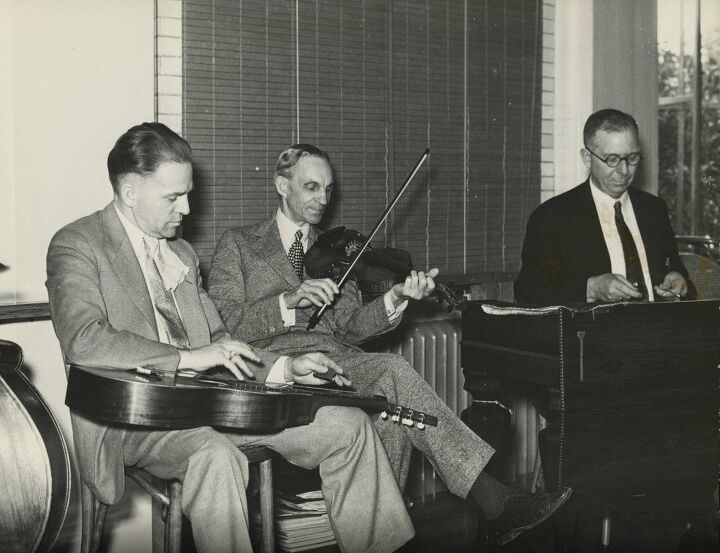
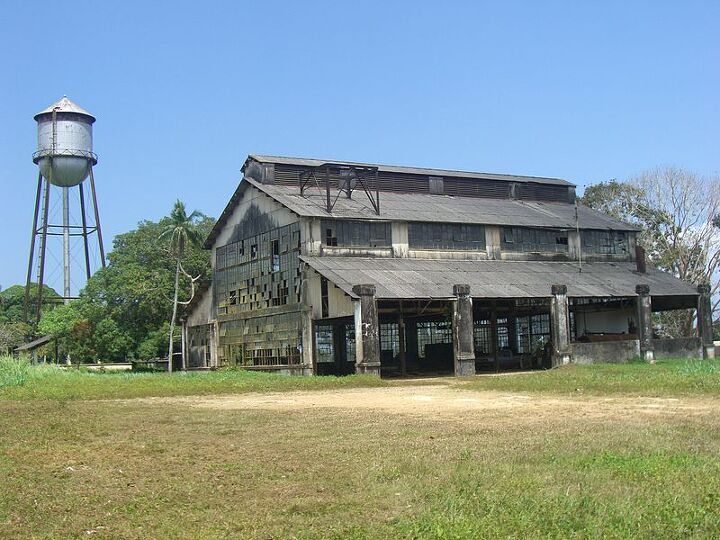
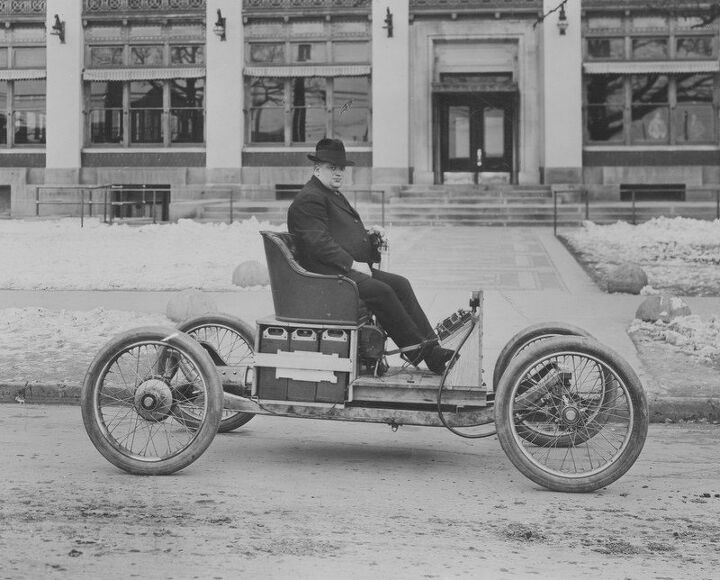

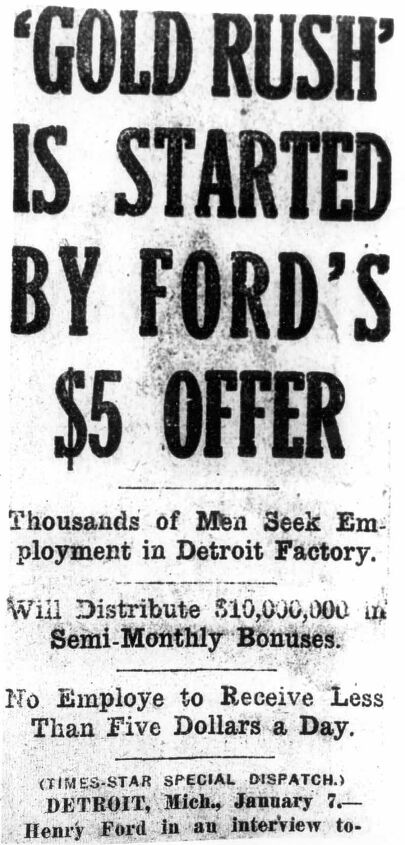

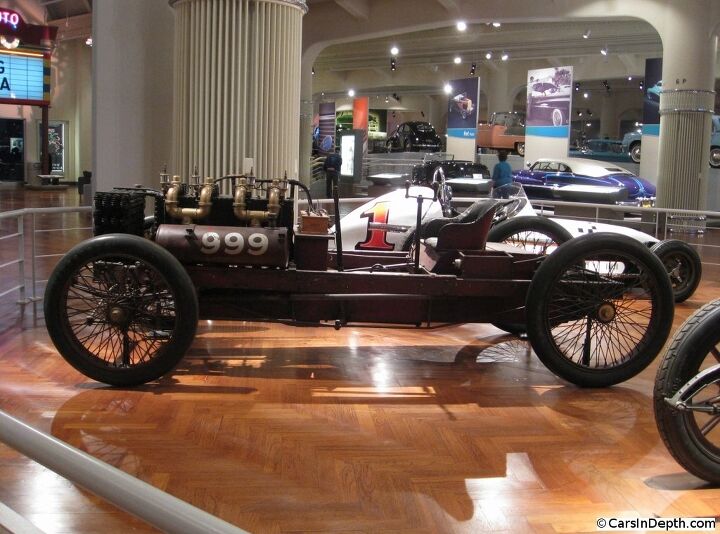



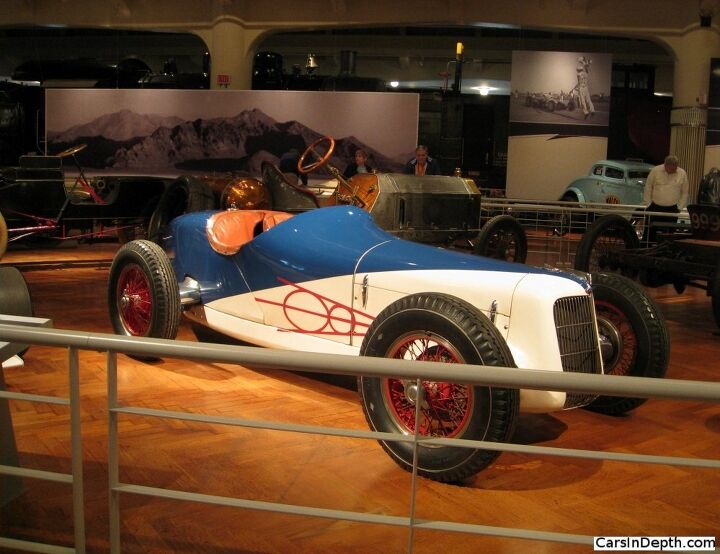

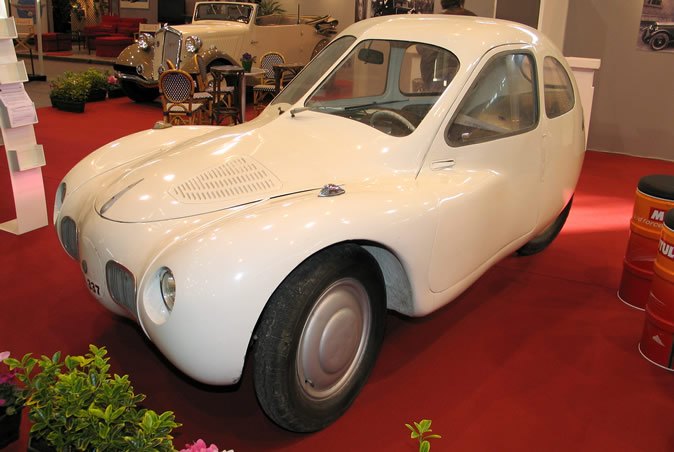
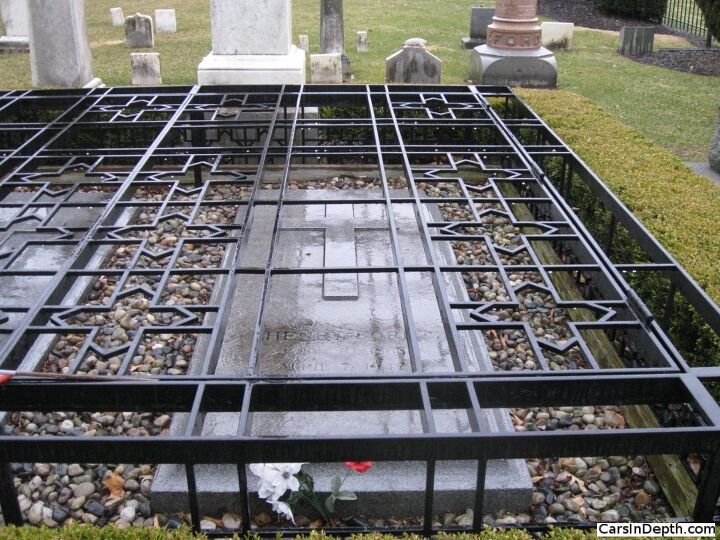













Recent Comments